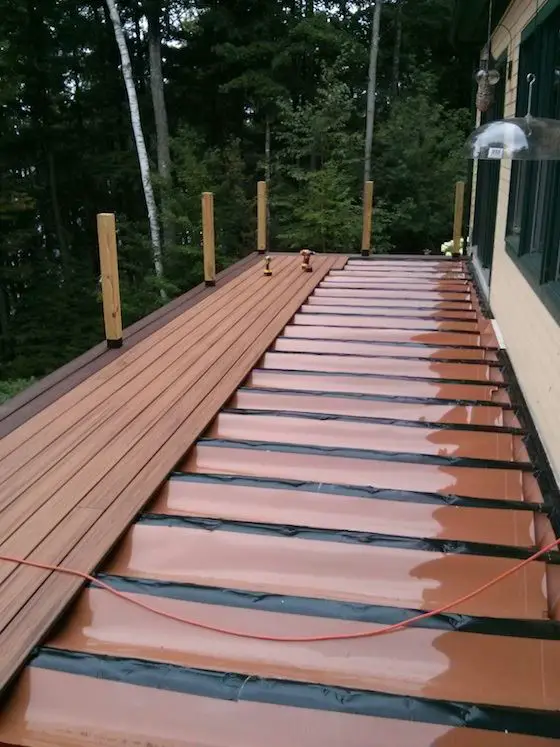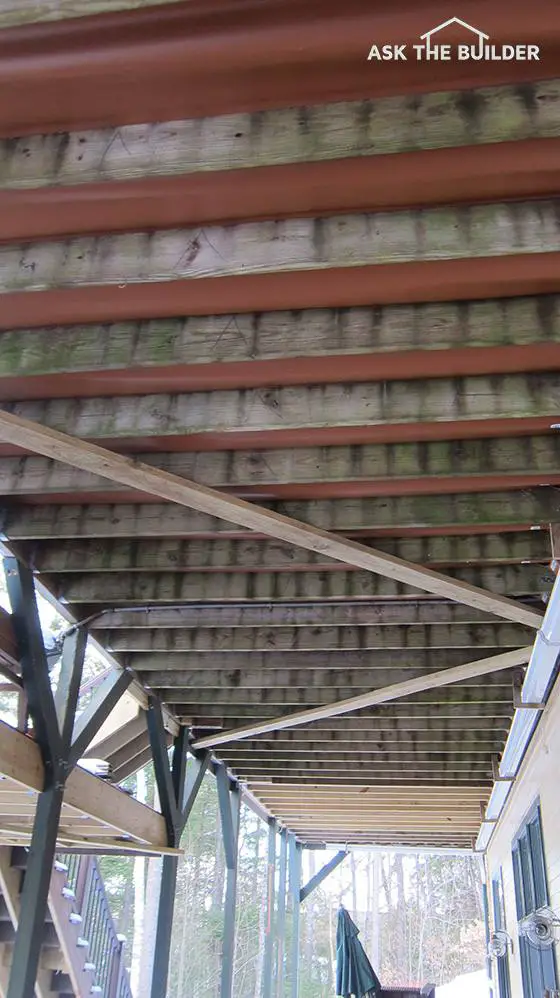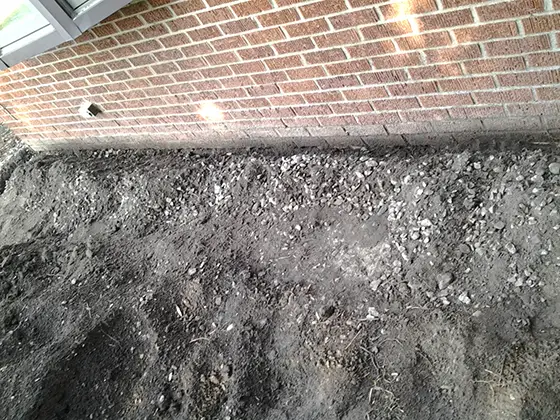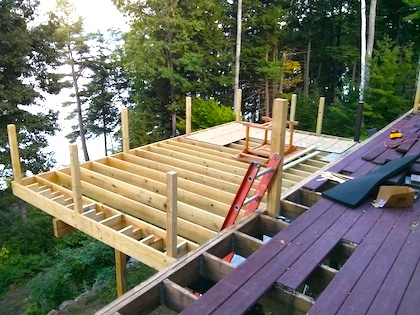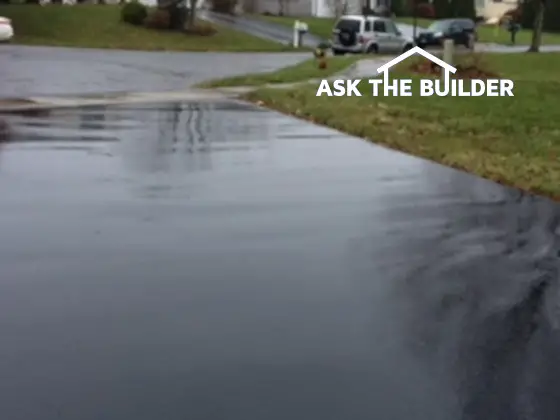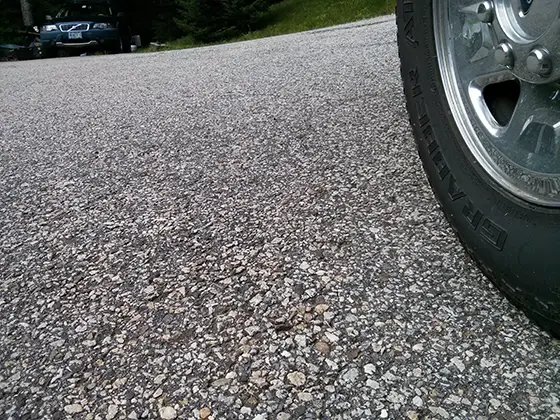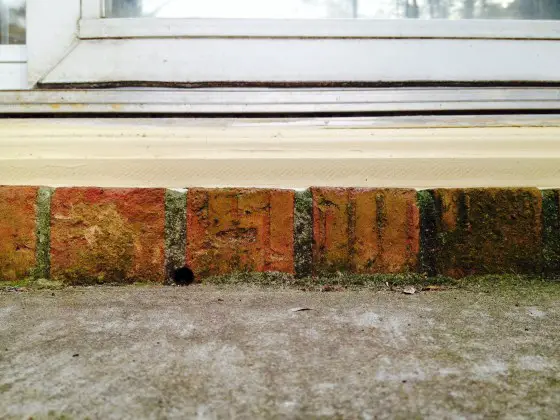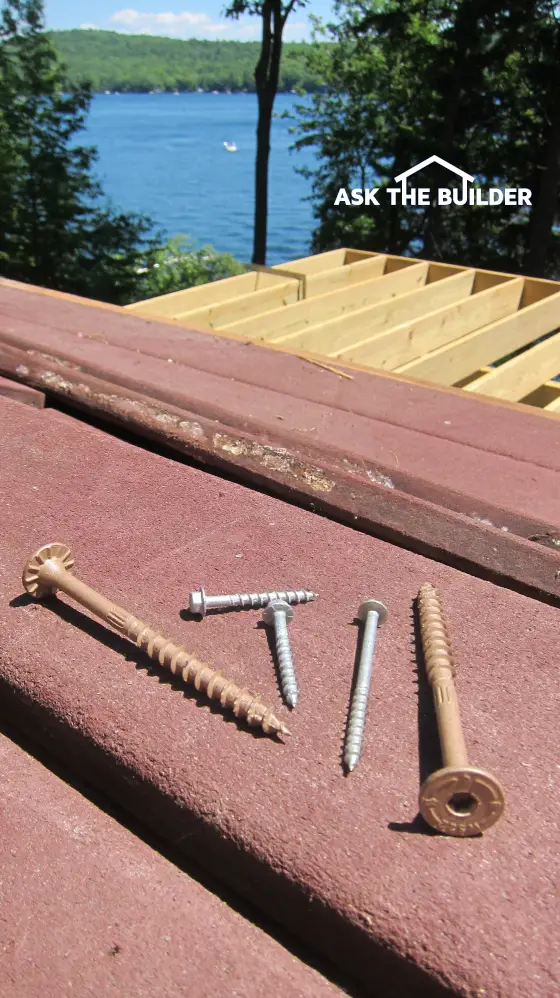I was a Boy Scout fifty years ago, and the motto hammered into my head still rings true: Be Prepared. Lessons I discovered in Boy Scouts stuck with me all these years and they’re relevant to you on Long Island as the storm season approaches.
September 21, 2016, marks the grim 77th anniversary of the Great New England Hurricane that made landfall near Bellport, NY. Only a few residents might be old enough to retain vivid memories of the true power Mother Nature can conjure up when she wants.
Here’s all you need to know. Another storm is coming. It could be bigger than the great Long Island Express. When? I can’t tell you.
But I can tell you what you can do to survive the aftermath and protect you and your loved ones and save many, if not all, of your possessions.
Fast Facts
There are many more people on Long Island than professionals who have the tools and training to help you after a major storm hits. What’s more, these professionals are charged with protecting and preserving larger community assets when a disaster strikes. Your home is at the bottom of their priority list.
The Cold Hard Truth
What does all this mean? It means you need to consider taking the Boy Scout motto to heart. You need to do all you can to be prepared to help yourself after a storm hits. Don’t think the fire department or utility company is going to race to your home to help you right away when millions are affected on Long Island from a major storm. It could take weeks or months in extreme situations before you’d ever see help.
The same is true for repair professionals. They will be overwhelmed with requests to do repairs or do a temporary patch to your roof or windows to keep weather out. Realize you’ll be on your own or on a huge waiting list.
What you Must Do
If a major storm strikes, there’s not much you can do ahead of time to make sure your home will come through with little damage. Caulking cracks that might allow wind-driven rain to enter is a good idea. Removing things from your yard that can become air-borne missiles that bang into your home is a great idea.
Take the time now to put all valuables in a place where they can be away from windows and leaking water. Digitize important documents and photos and store them on a small external hard drive that can be put in a purse. Make multiple copies and use flash or thumb drives too. Consider uploading the files to remote storage servers as your backup drives could get lost or damaged.
Know how to turn off your main gas supply in case a storm causes a gas leak inside your home. A simple wrench should be kept next to the gas meter for this purpose. Know how to turn off the main water supply to your home and drain the lines in case a storm causes your heat to be interrupted.
Now is the time to start to stock up on things that will help you survive. Food and water are vital. If a storm hits in the winter, you need to think about heat. Keep in mind that anything that depends on electricity for heat will be of little value unless you have a way to produce your own electricity for days or weeks. Make sure you know where all your warm clothes are and be sure they’re clean and dry.
Dried foods can be stored safely in clean five-gallon buckets that have gasketed screw-off lids. Beans, rice, or any other easy-to-prepare dried food can be stored in these containers. Small propane-powered camp stoves can be used to cook and heat water. These stoves are affordable and you can buy an adapter to refill small propane tanks from the larger 20-pound tanks that you use for your outdoor grill.
What are you going to do for water? You can buy cases of bottled water affordably, but not the day before the storm. It takes lots of gallons of water per day to satisfy the needs of a typical family, so barrels of water are not out of the question in case of a major storm that disrupts utilities for days.
If you live in a low-lying area, you need to be deeply concerned about the devastating storm surge that can raise the level of the ocean by as much as 10 or 15 feet. People who stay in houses battered by the waves in these surge areas often die. The houses can be wiped away or reduced to firewood kindling wood. Think now how you’d move out before the storm and what are the most important valuables you could pack in your car. Do it now, not an hour before the storm when you’re frantic and the roadways off the island are gridlocked with traffic.
Be sure you have hand tools that don’t need electricity to operate. Rope, tarps, sheets of plywood or anything else that could cover a broken window or door could be a great help to minimize wind-driven rain damage.
Try to recall anytime you may have gone camping. What did you need to survive for three days outdoors? That’s the frame of mind you need to be in now and you need to stockpile all the supplies you need because you may not get out for days or even a week. You hear this advice all the time, but this time take it. Act on it. Start to get prepared - now.
Getting ready was discussed way back in my April 18, 2013 AsktheBuilder Newsletter.
